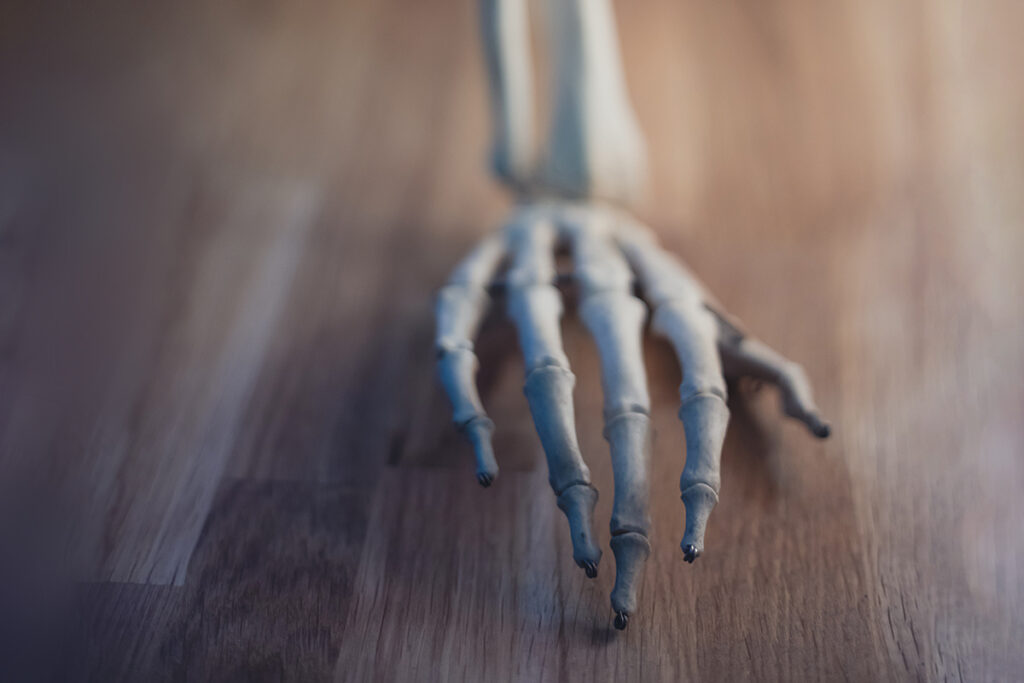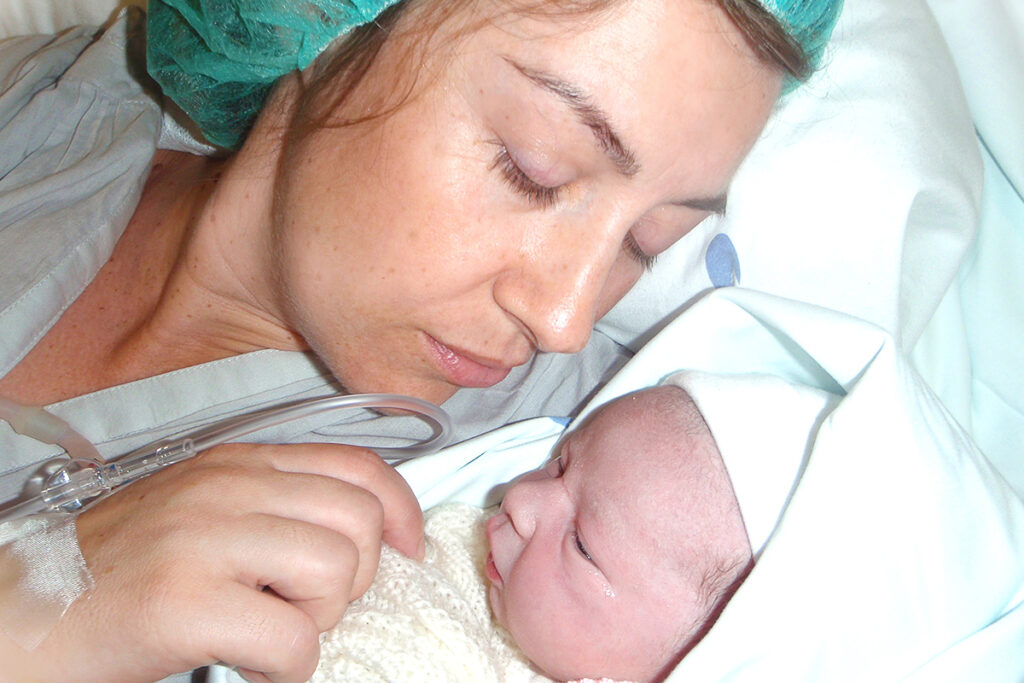Osteoporosis is an age-related disorder of metabolic processes in the bone tissue. Osteoporosis reduces bone density and increases the risk of fractures. Usually, fractures occur in the hip, wrist, and spine. Osteoporosis mostly develops in women over 50 years of age due to hormonal changes after menstruation cessation. Like cardiovascular disorders, cancer, and diabetes, osteoporosis is a widespread disease. It affects one-third of postmenopausal women.
Polyamines support bone density
Bone homeostasis is regulated by two types of cells: bone-forming osteoblasts and bone-destroying osteoclasts. The imbalance of these cells causes bone diseases, including osteoporosis.
Japanese scientists have investigated how polyamines can help with osteoporosis.
Polyamines are small molecules that regulate the synthesis of RNA and proteins, cell division and differentiation, resistance to stress, and the absorption of free radicals. Polyamines support tissue homeostasis of the gastrointestinal mucosa. A lack or excess of polyamines can cause cancer, neurodegeneration, metabolic disorders, and aging. The primary polyamines in human cells are spermine, spermidine, and putrescine.
To simulate postmenopause, the researchers used mice with removed ovaries. The number of osteoclasts in these mice increased. The spongy substance of the bones became more porous and led to bone density decrease developing osteoporosis.
For 28 days, the polyamines spermidine and spermin were added to the drinking water of mice with osteoporosis. The number of osteoclasts decreased. Spermidine and spermine inhibited the differentiation and maturation of bone-destroying osteoclasts without altering cell survival. Spermidine and spermin did not affect the differentiation and maturation of bone-forming osteoblasts. The natural polyamines spermidine and spermin prevented bone loss. The balance of osteoclasts and osteoblasts in the control group of healthy mice did not change.
The microbiota synthesizes polyamines
Ingested food is the primary source of polyamines. Polyamines are found in soy, mushrooms, wheat germ, beef, pork, chicken liver, oranges, and green tea leaves. Most polyamines are absorbed in the upper intestines and are involved in growth processes in the body.
The gut microbiota produces polyamines in the large intestine. Microbiota is a community of microorganisms that inhabit the intestines. The microbiota is responsible for the metabolism of undigested food components and supplies the body with amino acids, vitamins, and other nutrients.
Dietary fiber enters the colon and is fermented by the microbiota to form short-chain fatty acids. Short-chain fatty acids can alter the metabolism and composition of the intestinal microbiota and stimulate the synthesis of polyamines.
The concentration of polyamines in the gut depends on the bacteria ratio that produces or absorbs polyamines. Probiotics balance the intestinal microbiota and promote the synthesis of polyamines.
Dietary fiber and probiotics inhibit pathogenic microflora, restore intestinal barrier function, and increase life expectancy.
Heat and microbiota strengthen bones
American naturalist of the XIX century Joel Asaf Allen revealed the dependence of the surface area of the body of warm-blooded animals on climate. In hot climates, animals have a large surface area to remove heat from the body, and in cold climates, they have a small surface area to store heat.
Swiss scientists have studied the effect of high ambient temperature on bone density. In one experiment, newborn mice were kept at a temperature of 34 °C. The bones of these mice became longer and healthier. It affirms that bone growth depends on the ambient temperature.
In another experiment, adult mice were placed in a warm environment. Although the size of the bones did not change, the density and strength of the bones increased. To determine how heat affects postmenopausal osteoporosis, the experiment was repeated on mice that had their ovaries removed. The heat protects mice from bone loss.
After analyzing data on the global incidence of osteoporosis, scientists found that the warmer the climate, the fewer hip fractures in the population – a frequent consequence of osteoporosis. The heat played a leading role in reducing the incidence of osteoporosis. However, calcium intake and vitamin D levels were secondary.
Scientists have investigated how microbiota affects these metabolic changes. The microbiota of mice living in an environment with a temperature of 34 °C was transplanted into osteoporotic mice. The mice had increased bone density. It extends Allen’s rule: in adult animals, heat contributes not to body lengthening, but bone density and strength due to changes in the microbiota.
The microbiota regulates the level of polyamines, which are responsible for aging and bone health. In the heat, the synthesis of polyamines increases, and their decomposition decreases. Therefore, heat reduces the number of bone-destroying osteoclasts and increases bone density. The heat and balance of the intestinal microbiota are essential factors in the prevention and treatment of osteoporosis.
Sources:
https://www.cell.com/cell-metabolism/fulltext/S1550-4131(20)30425-3
https://www.ncbi.nlm.nih.gov/pmc/articles/PMC6397830/
https://bpspubs.onlinelibrary.wiley.com/doi/full/10.1111/j.1476-5381.2012.01856.x



